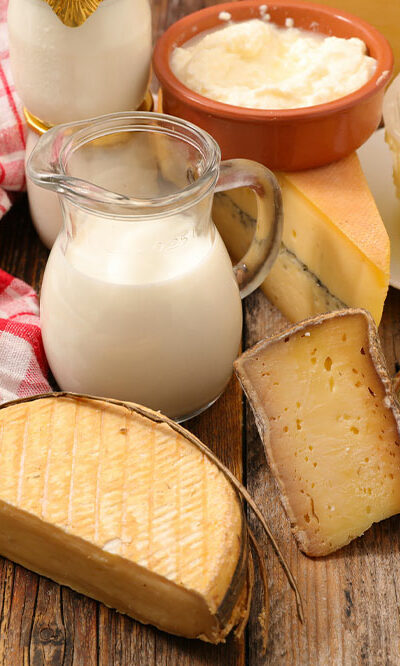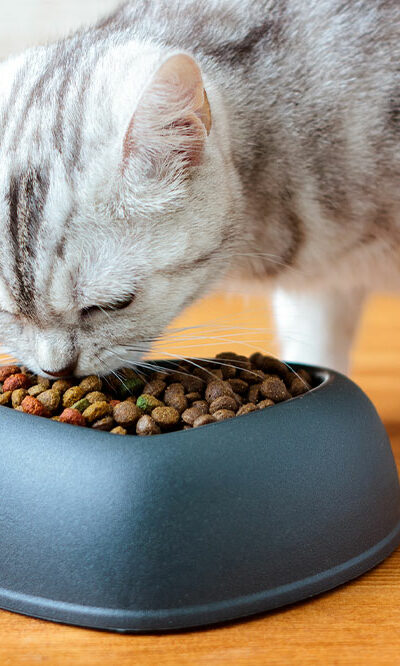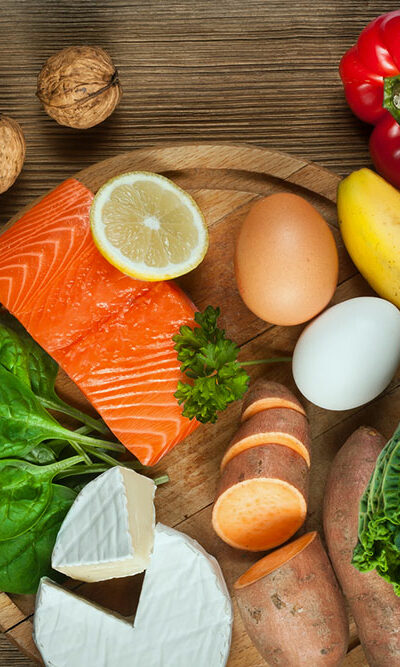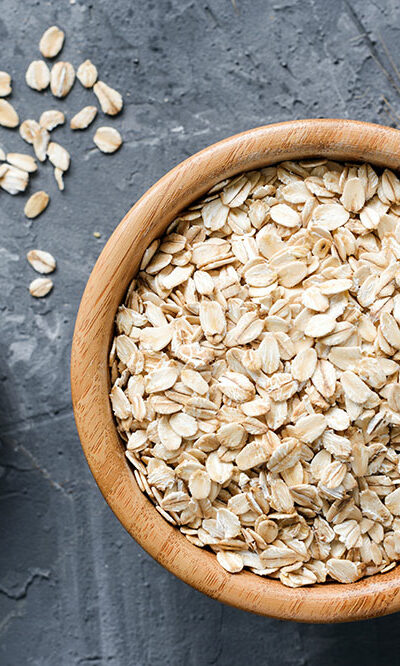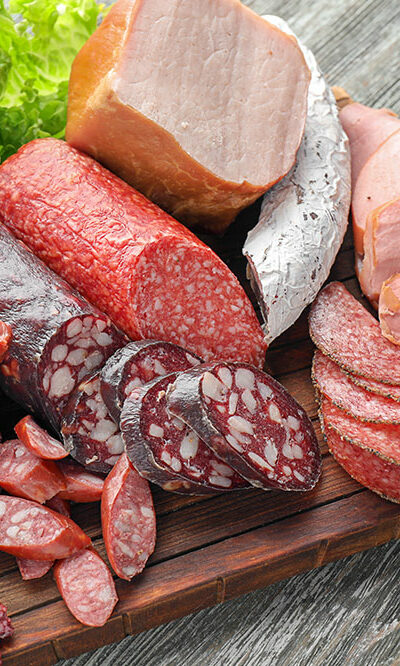
Top 5 foods for puppies
Pets require specially curated foods during their growing stage. Formula foods created for specific breeds target their growth hormones. They are induced with great nutritional value to provide pups with high energy levels. As puppies exert maximum strength in their growing years, they need enough calories to support their energy levels. The formulated pet foods are readily available online and at retail stores. Here is a list of top-rated foods that are ideal for growing puppies: Royal Canin This pet food brand is popular among pet parents and vets alike. The brand is known for creating tailored nutrition for cats and dogs. Royal Canin has strategically crafted its formulas among pets depending on their size, age, breed, and whether it’s an indoor or an outdoor pet. They offer an extensive range of foods for growing puppies that ensure they get the right nutrition to support their growth and development. Royal Canin categorizes its food for puppies in different size variants, including X-small, Mini, Medium, Maxi, and Giant. Natural Balance This brand works with limited ingredients to ensure the best selection and nutrient-rich recipes. Their selective range of nutrients includes one source of animal protein, plant-based proteins, and selected carbohydrates to provide the pets with essential nutrients and growth hormones. Their single-source animal meat selection includes bison or duck, and omega-rich salmon. Natural Balance excels at providing a variety of wet and dry food recipes crafted with balanced nutrition and no added fillers. Their food is categorized into Life Stages – Adult, Puppy, and All Life Stages. Some of their popular recipes from their puppy range include Chicken & Brown Rice, Lamb & Brown Rice, and Reserved Grain Free Duck & Potato. Nutro The brand’s philosophy is to use clean ingredients and craft recipes made with natural, recognizable non-GMO ingredients. The brand uses nutrient-rich foods; every single ingredient is selected to provide essential growth proteins and nutrients.


